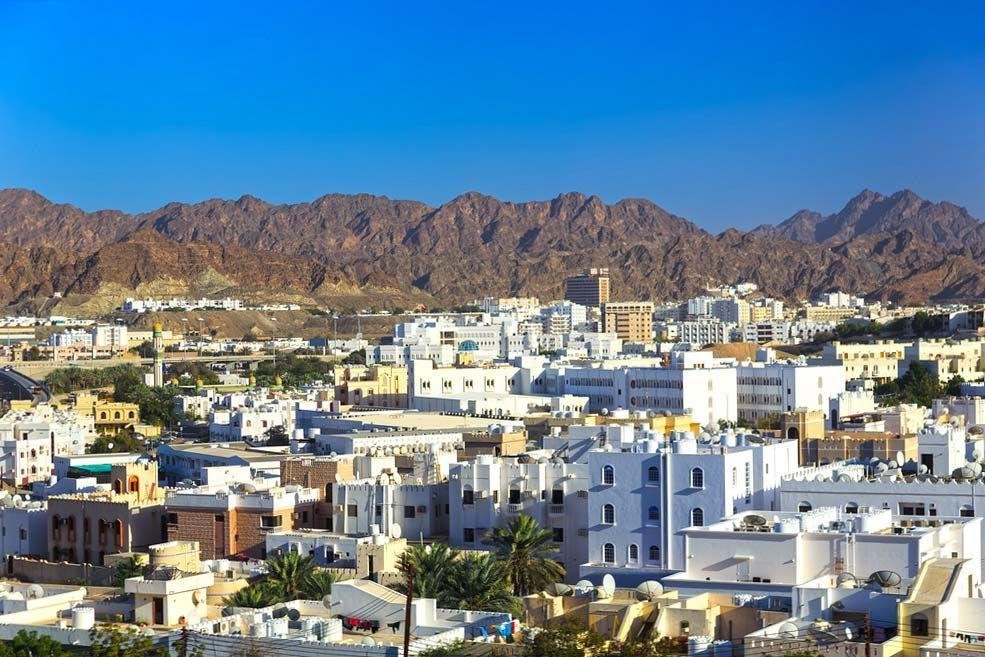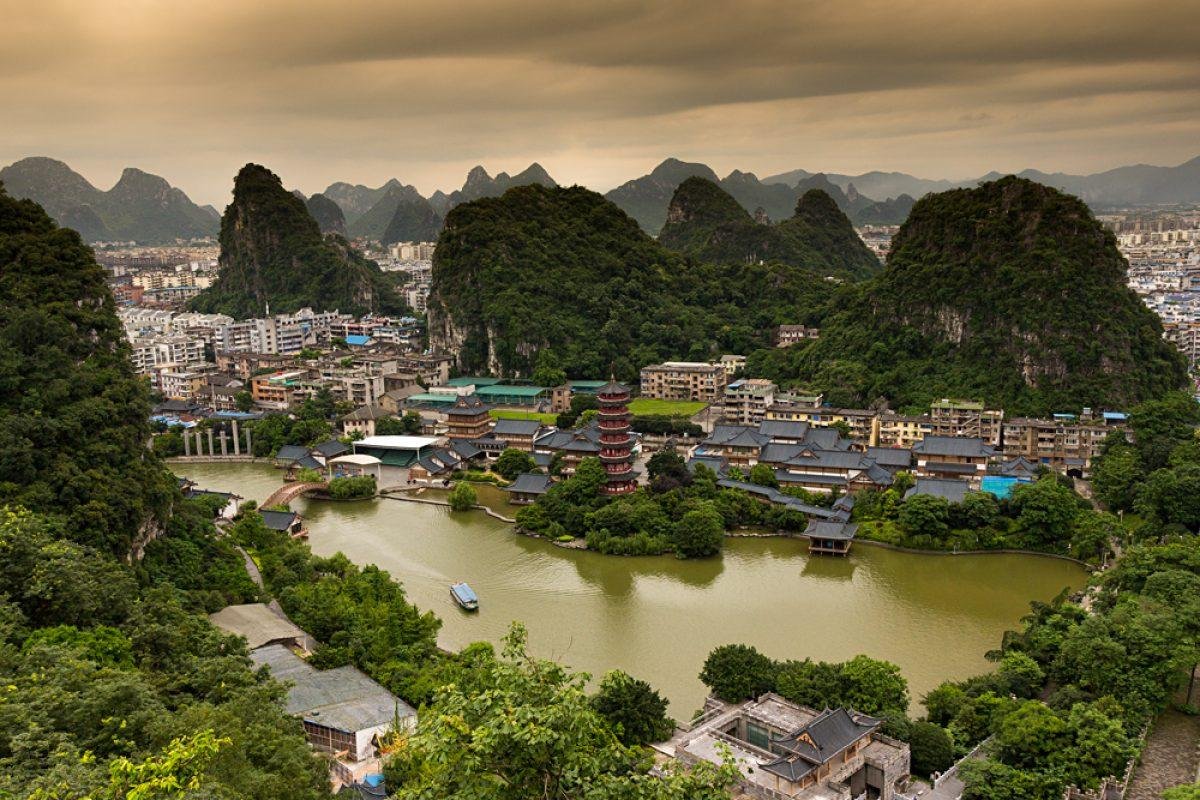Muscat, the capital city of Oman, is a captivating blend of traditional Arabian architecture and modern design, reflecti...
The Architectural Essence of Punta Cana, Dominican Republic
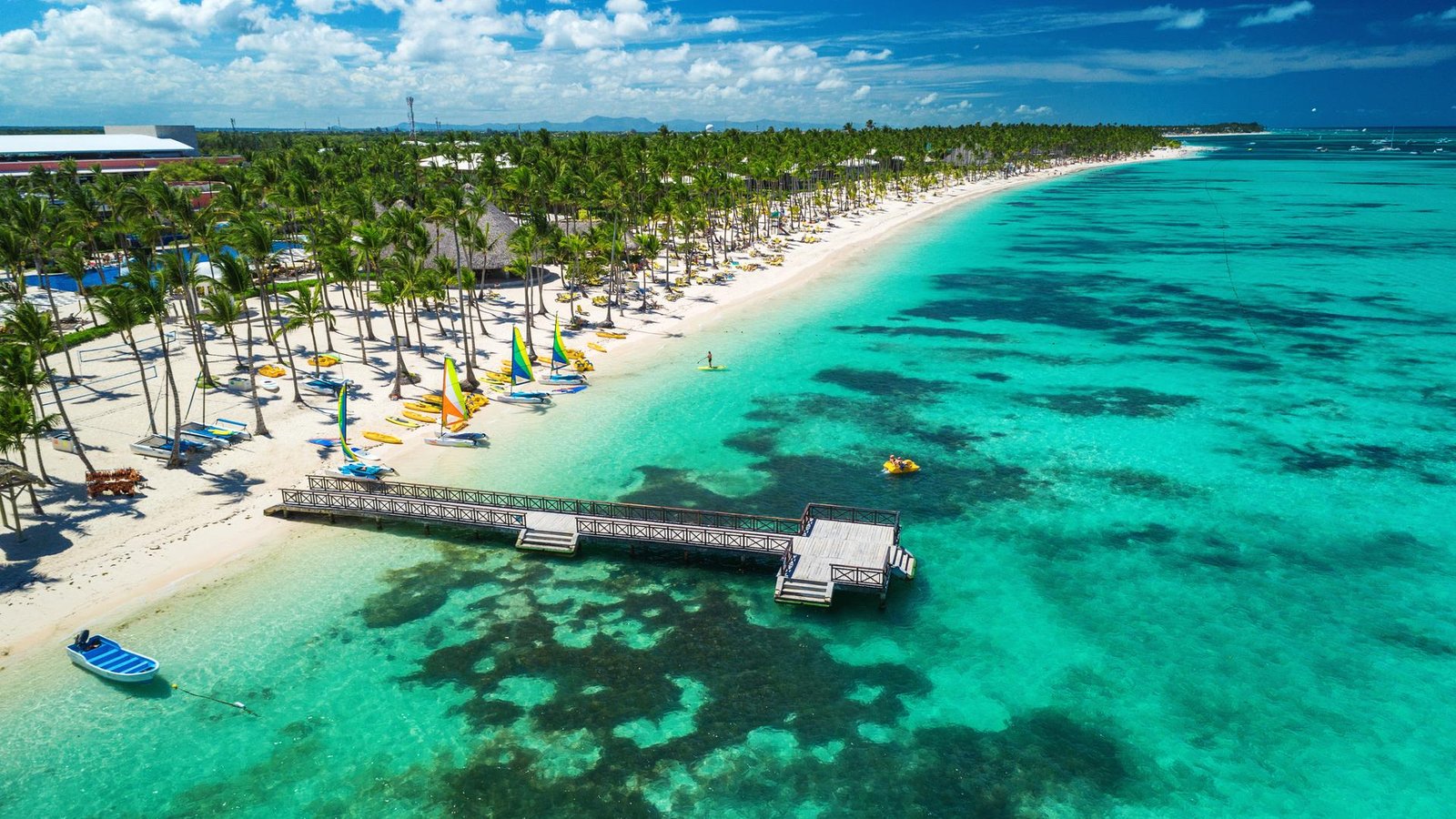
Punta Cana, a premier resort destination on the eastern coast of the Dominican Republic, is celebrated not only for its stunning beaches and crystal-clear waters but also for its unique architectural style. The architecture in Punta Cana reflects a harmonious blend of traditional Caribbean influences, modern design, and sustainable practices, all aimed at enhancing the natural beauty of the region.
One of the most iconic architectural features of Punta Cana is its luxury resorts, which are designed to provide an immersive experience while respecting the environment. These resorts often incorporate natural materials such as wood, stone, and palm thatch, creating a seamless connection between indoor and outdoor spaces. The use of large windows and open-air designs allows guests to enjoy breathtaking views of the ocean and surrounding landscapes, emphasizing the beauty of the tropical environment.
The architectural style of many resorts in Punta Cana is characterized by a blend of contemporary and traditional Caribbean influences. Bright colors, airy layouts, and thatched roofs are commonly found in these structures, creating a relaxed and inviting atmosphere. Notable resorts like the Tortuga Bay Hotel, designed by Oscar de la Renta, showcase luxurious villas that reflect traditional Dominican architecture while incorporating modern amenities. The use of local craftsmanship in the design of these resorts highlights the cultural heritage of the Dominican Republic.
In addition to resorts, Punta Cana features a variety of villas and private homes that embody the spirit of Caribbean architecture. Many of these properties are designed with sustainability in mind, utilizing eco-friendly materials and energy-efficient systems. The villas often incorporate features such as open-air living spaces, infinity pools, and lush gardens, creating tranquil retreats that blend with the natural surroundings. The design philosophy prioritizes harmony with nature, allowing residents and visitors to enjoy the beauty of the landscape.
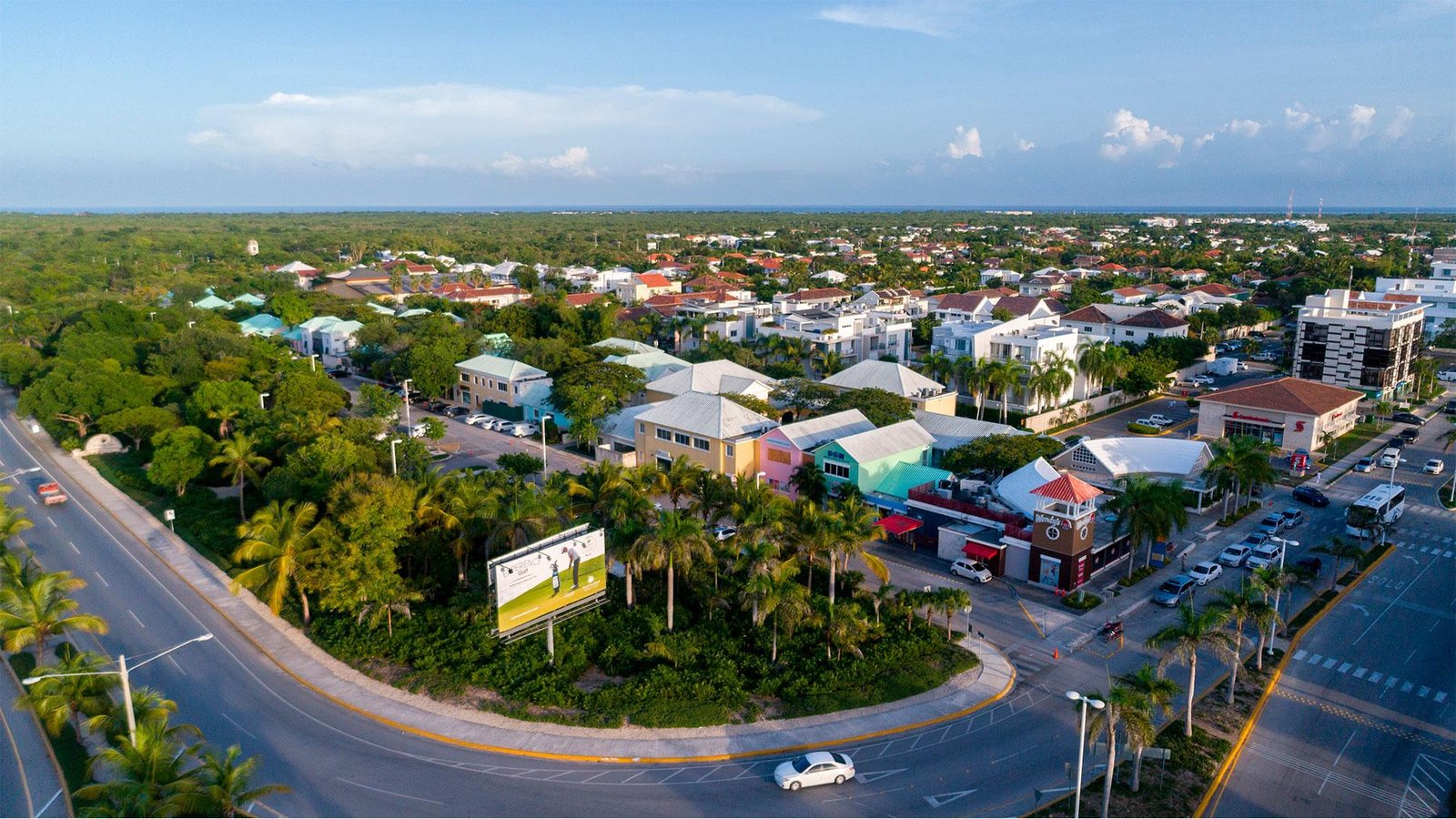
The Punta Cana area is also home to several commercial developments that reflect the region's architectural evolution. Shopping centers and entertainment complexes, such as the Punta Cana Village, feature modern designs that cater to both locals and tourists. These spaces are designed to be functional and aesthetically pleasing, with an emphasis on creating vibrant community hubs. The architecture of these developments often includes outdoor plazas, green spaces, and areas for social gatherings, fostering a sense of community and connection.
Sustainability is a key focus in the architectural landscape of Punta Cana. Many new developments adhere to eco-friendly practices, incorporating renewable energy sources, water conservation systems, and waste reduction initiatives. The Punta Cana Ecological Foundation plays a vital role in promoting sustainable architecture in the region, encouraging developers to adopt green building practices. This commitment to sustainability not only enhances the beauty of the area but also protects its natural resources for future generations.
The architectural design in Punta Cana also reflects the region's rich cultural heritage. Traditional elements, such as decorative tiles, wrought iron details, and vibrant colors, are often incorporated into both residential and commercial buildings. This fusion of traditional and modern styles creates a unique identity for Punta Cana, celebrating its Dominican roots while embracing contemporary design trends.
Public spaces in Punta Cana are designed to enhance the visitor experience while promoting community engagement. Parks, recreational areas, and beachfront promenades are thoughtfully planned to encourage outdoor activities and social interactions. The architecture of these spaces often features shaded areas, seating, and landscaping that integrates local flora, creating inviting environments for residents and tourists alike.
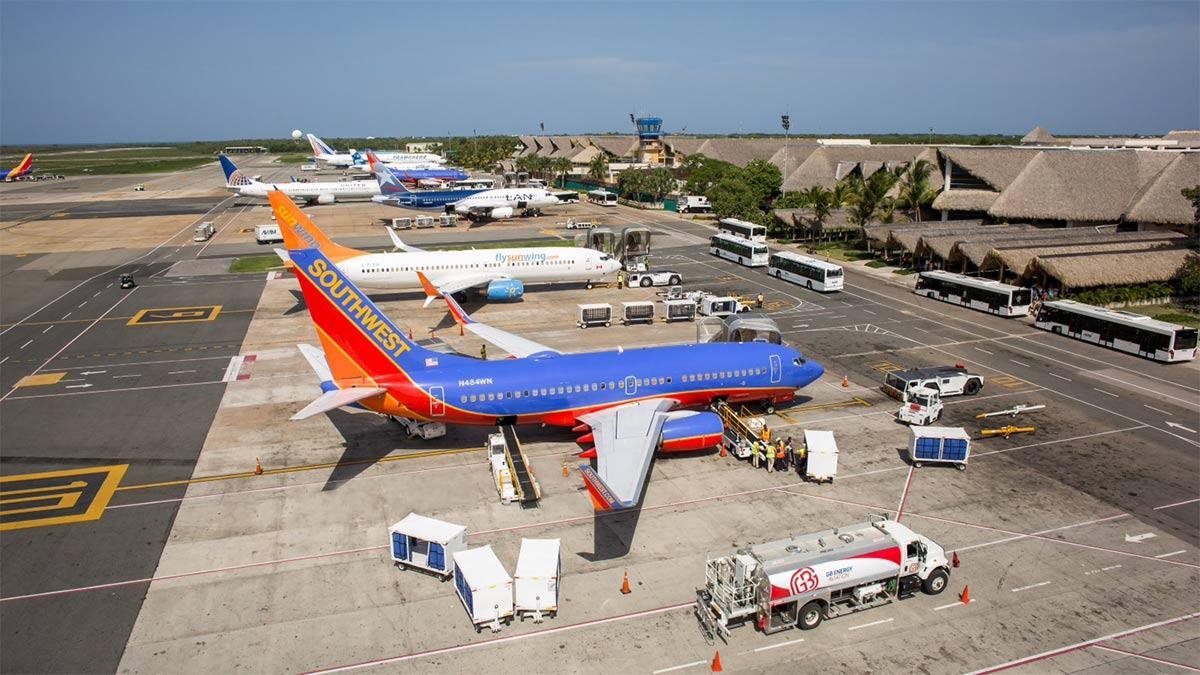
The Punta Cana International Airport, one of the busiest airports in the Caribbean, is another example of modern architectural design in the region. The airport's terminal is designed with a focus on efficiency and passenger comfort, featuring spacious check-in areas, natural light, and local artwork. The design reflects the tropical ambiance of Punta Cana, welcoming travelers with a sense of relaxation and warmth.
Art and culture also play a significant role in the architectural landscape of Punta Cana. Various art installations and sculptures can be found throughout the area, enhancing public spaces and promoting local artists. These artistic expressions reflect the vibrant culture of the Dominican Republic and contribute to the overall aesthetic appeal of the region.
The development of golf courses in Punta Cana has further shaped its architectural identity. World-class golf resorts, such as Punta Espada and Corales Golf Club, feature stunning clubhouses and facilities that blend seamlessly with the surrounding landscape. The architecture of these golf courses emphasizes the natural beauty of the environment, providing breathtaking views of the ocean and lush greenery. Designing these spaces with care ensures that they enhance the overall experience of both golfers and visitors.
As Punta Cana continues to grow as a premier tourist destination, the architecture of the area evolves to meet the changing needs of residents and visitors. New developments prioritize sustainability, cultural heritage, and community engagement, ensuring that the architectural landscape remains dynamic and relevant. The ongoing commitment to preserving the natural beauty of the region while embracing modern design principles reflects the values of the local community.
The architectural essence of Punta Cana is not only defined by its stunning resorts and luxurious villas but also by its commitment to sustainability and cultural preservation. The fusion of traditional Caribbean elements with modern design creates a unique identity that attracts visitors from around the world. Each structure tells a story, reflecting the aspirations and achievements of the people who have shaped this beautiful region.
In conclusion, the architecture of Punta Cana, Dominican Republic, is a captivating blend of tradition and modernity. From the luxurious resorts and private villas to the vibrant commercial developments and public spaces, the area showcases a diverse array of architectural styles that reflect its rich cultural heritage and dynamic evolution. The commitment to sustainability, community engagement, and cultural preservation ensures that Punta Cana remains an enchanting destination for travelers seeking a unique and immersive experience.
As visitors explore the architectural wonders of Punta Cana, they are invited to appreciate the beauty and complexity of its urban landscape. Each building and public space contributes to the overall charm and allure of this tropical paradise. With its stunning architecture and vibrant atmosphere, Punta Cana continues to capture the hearts of all who visit, providing a glimpse into the rich narratives woven into its architectural identity. The seamless integration of tradition and modernity ensures that Punta Cana remains a fascinating destination for those seeking to experience the beauty of the Dominican Republic.
Share:

